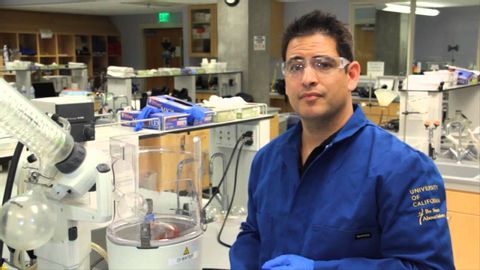
Subtitles & vocabulary
Video vocabulary
work
US /wɚk/
・
UK /wɜ:k/
- Noun (Countable/Uncountable)
- The product of some artistic or literary endeavor
- Everything created by an author, artist, musician
- Verb (Transitive/Intransitive)
- To bring into a specific state of success
- To be functioning properly, e.g. a car
A1TOEIC
More layer
US /ˈleɚ/
・
UK /ˈleiə/
- Noun (Countable/Uncountable)
- One of several sheets of a material or object
- A covering of something spread over a surface.
- Transitive Verb
- To put things one on top of another
B1TOEIC
More provide
US /prəˈvaɪd/
・
UK /prə'vaɪd/
- Transitive Verb
- To make available; to supply for use
- To make certain something will happen or be done
A1TOEIC
More wear
US /wer/
・
UK /weə(r)/
- Verb (Transitive/Intransitive)
- To have clothes, glasses, shoes etc. on your body
- To display an expression or emotion on the face
- Noun (Countable/Uncountable)
- Clothing designed for a purpose e.g. skiing
A1
More Use Energy
Unlock All Vocabulary
Unlock pronunciation, explanations, and filters
